
IUCN STATUS
Least Concern
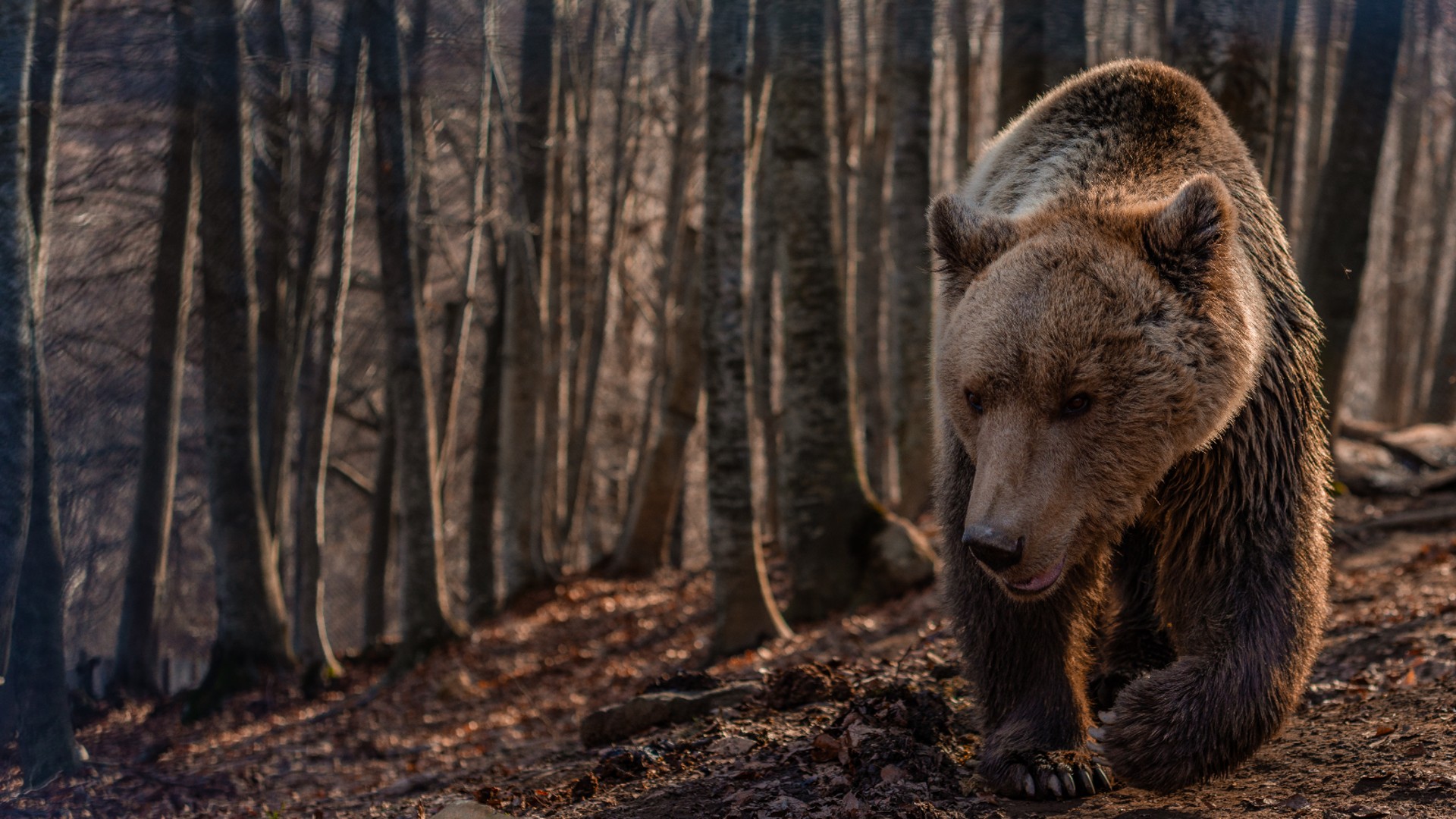
Ursus arctos
Through their predatory behaviour, brown bears help control the population of other species.

Least Concern

~200,000* (~110,000 mature individuals), stable. Last assessed in 2016
* According to the International Union for the Conservation of Nature (IUCN)

Ominorous

From arctic shrub land to temperate rainforests, alpine meadows and coastal areas

Northern Europe, Asia and North America

Habitat loss, poaching, human-bear conflict

Length – 1-2.8 metres, weight – 80-350kg
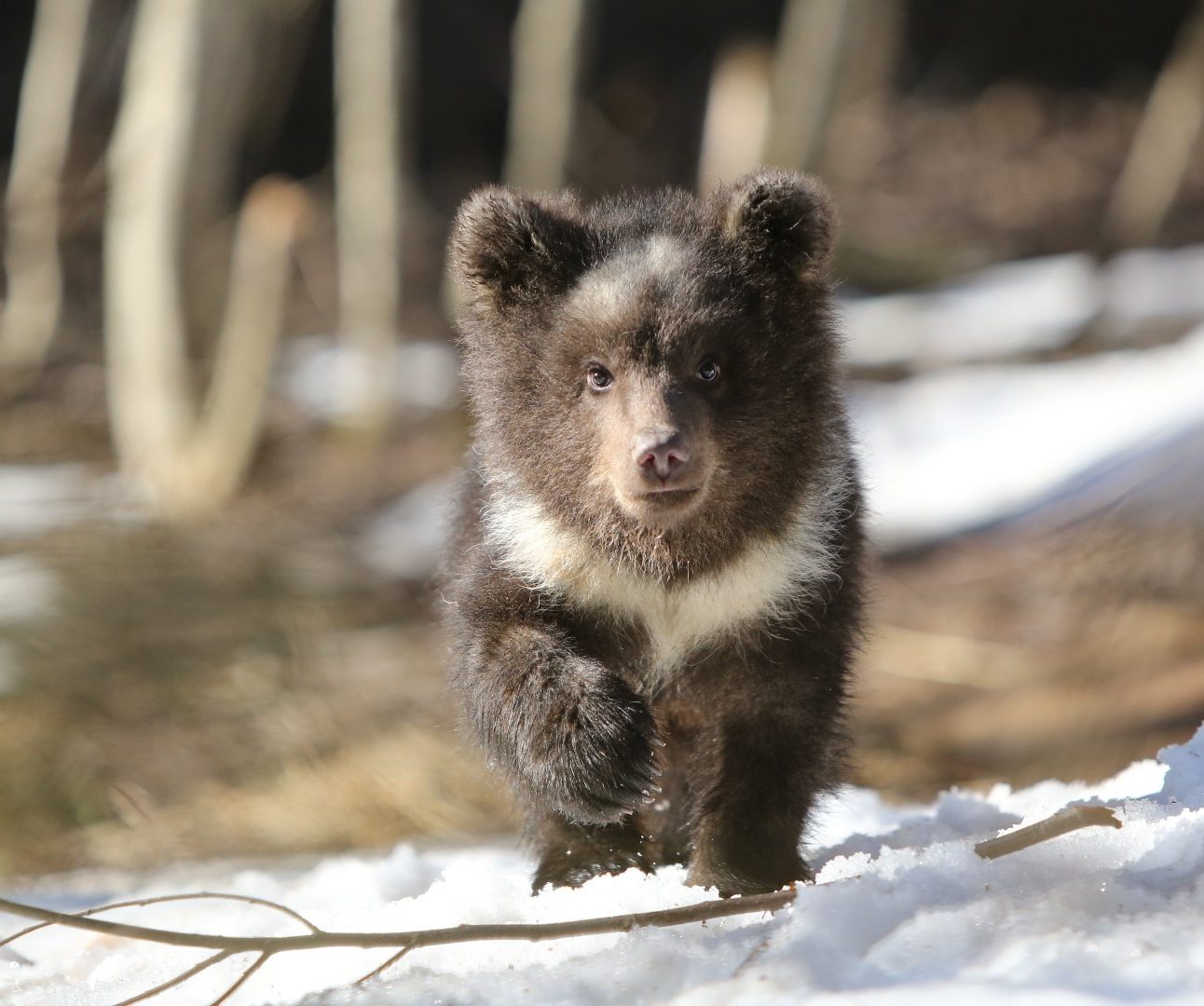
Although brown bears are large mammals, they can reach a top speed of 50-55 kmph over short distances!
Brown bears are one of the largest carnivores found on the planet. They have a muscular shoulder hump which allows them to dig up roots and rocky ground to build dens, and tear apart logs to find food.
Sub-species of brown bear include the Kodiak bear, Eurasian brown bear and grizzly bear.
Male brown bears can be up to twice as large as females, which is likely due to competition between males during the breeding season.
Brown bears are found across many different habitats including arctic shrub land, temperate rainforests, alpine meadows and coastal areas. Depending on where brown bears are found, their name changes. Individuals that live in coastal areas of North America are known as brown bears, while those that live inland are referred to a grizzly bears due to their grey or white tipped fur, giving them a ‘grizzled’ appearance. Most brown bears are found in Russia or North America, with Europe having the smallest population.
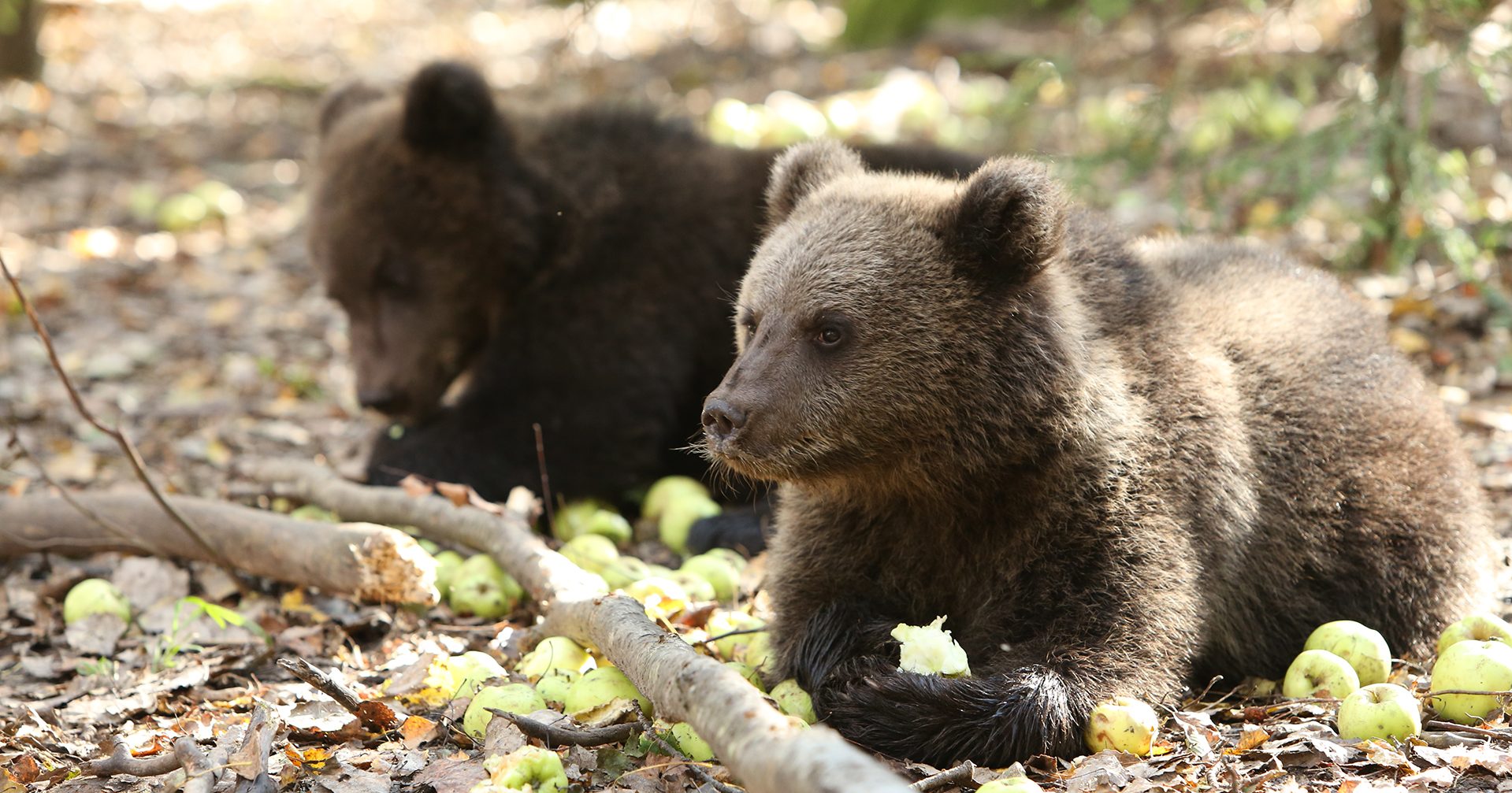
Brown bear cubs exploring the forest © OBRC
Brown bears are not true hibernators, but in October/November go into torpor, where they reduce their circulation, breathing and heartbeat to extremely low levels, for five to six months. During this time, they curl up to conserve heat and can lose up to 40% of their body weight.
A brown bear’s home range will vary depending on the availability of food but could be from as little as 100km2 to a massive 8,000km2. Brown bears are not territorial and will have overlapping home ranges, but males can become aggressive with each other to ensure their own ‘personal space’.
Brown bears use scent, body language and vocalisations to communicate. They will mark trees with their scent by rubbing their back and clawing the bark. Their scents can give other bears information about their identity, sex, social status and reproductive state. When brown bears feel threatened, they will raise to their full height to display their strength and dominance. Vocalisations may be used when bears feel threatened such as snorting, hoarse barking, growling or roaring. When greeting each other or communicating with young, they may give a chuffing noise.
A pregnant female brown bear will typically give birth to between one and three cubs during winter, following a pregnancy of 180-260 days.
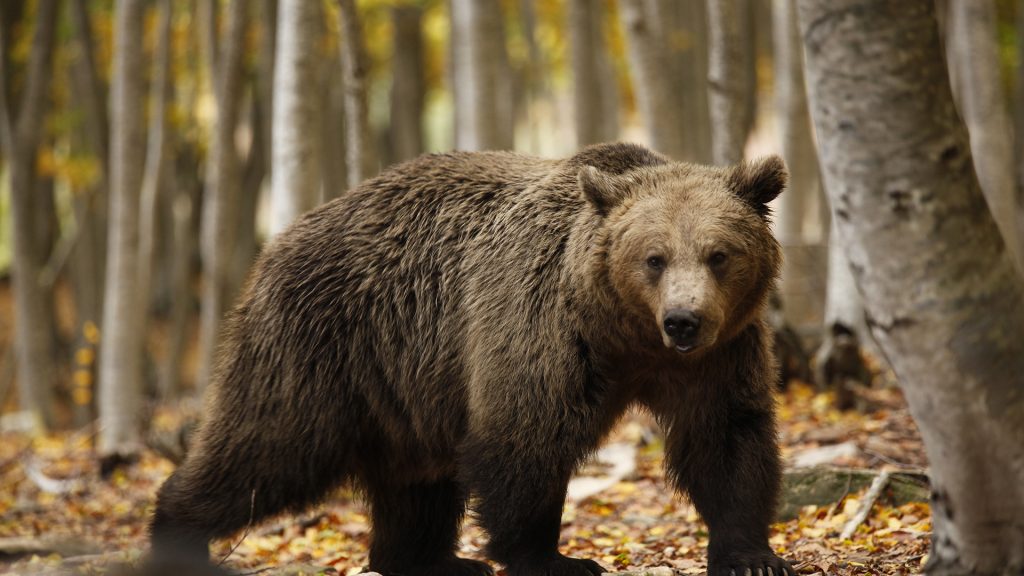
An adult brown bear in dense woodland © Arcturos
Although the worldwide brown bear population is fairly large, localised populations are fragmented and decreasing due to the brown bears’ habitat loss, a significant proportion due to logging and forest clearance. Southern populations are more dispersed than those in the north.
Brown bears may attack livestock, damage property, forage crops or even threaten people – typically becoming defensive when cubs or carcasses are nearby. Brown bears will happily scavenge on rubbish or other human food that is available. This conflict reduces peoples’ tolerance to living with bears and can result in their persecution through hunting, trapping or poisoning.
Poaching is a threat to many populations of brown bears. Brown bear poaching may be because of a lack of tolerance to live with potentially dangerous wild animals, or due to the illegal trade for bear parts in Asian countries.
Bears are inquisitive and opportunistic and brown bears in captivity, such as zoos and circuses, suffer, displaying their distress through abnormal behaviours, including bar-biting, swaying from side to side and even self-mutilation. Historically, cruel methods were employed to force dancing bears to perform.
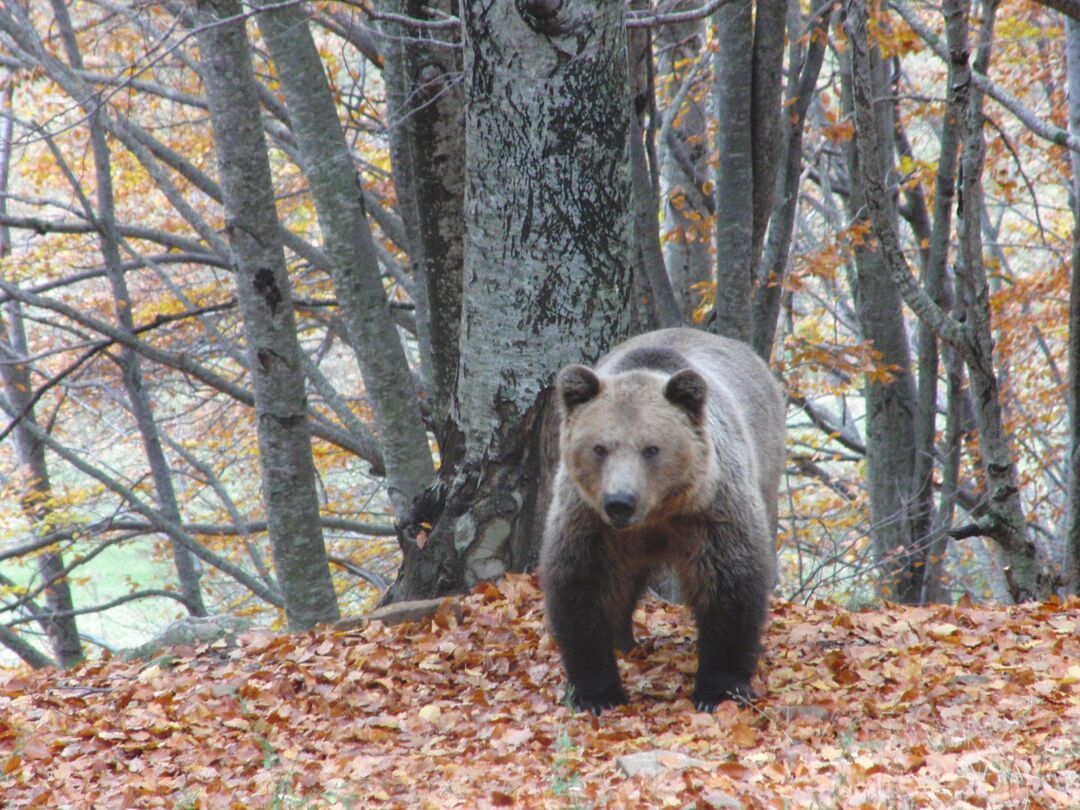
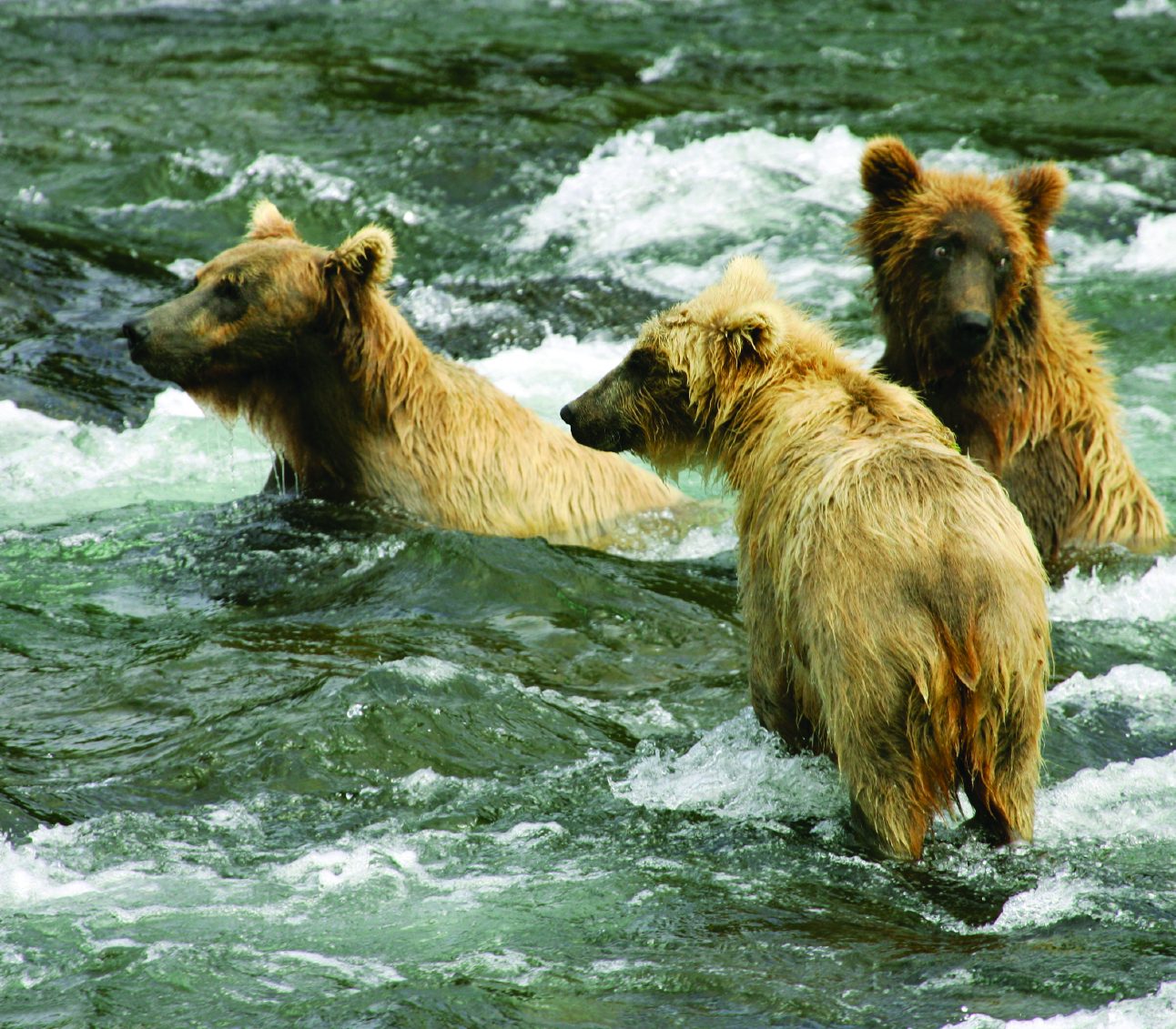
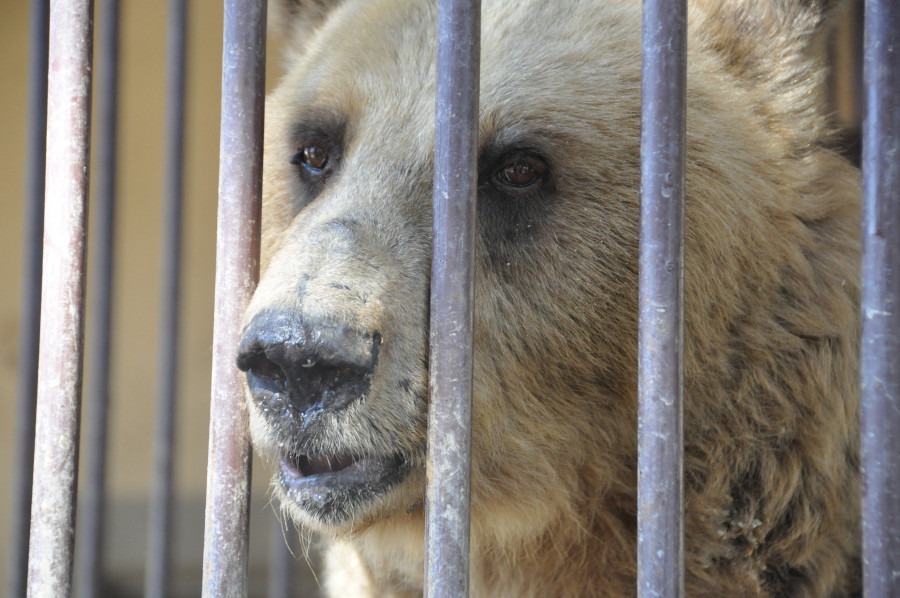
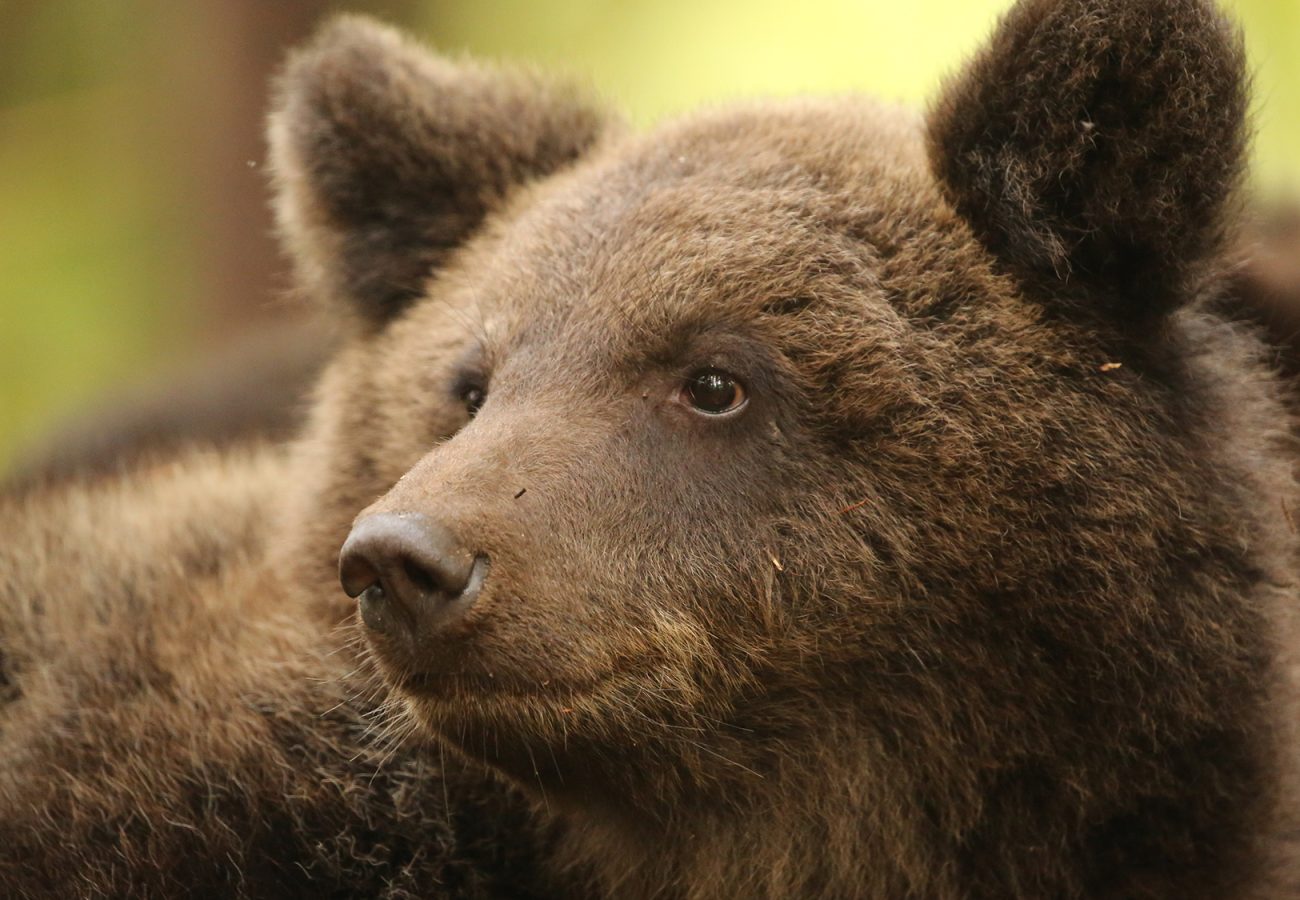
You can support Born Free's work to rescue, rehabilitate, and release orphaned cubs, as well as help protect bears in the wild, by adopting a brown bear.